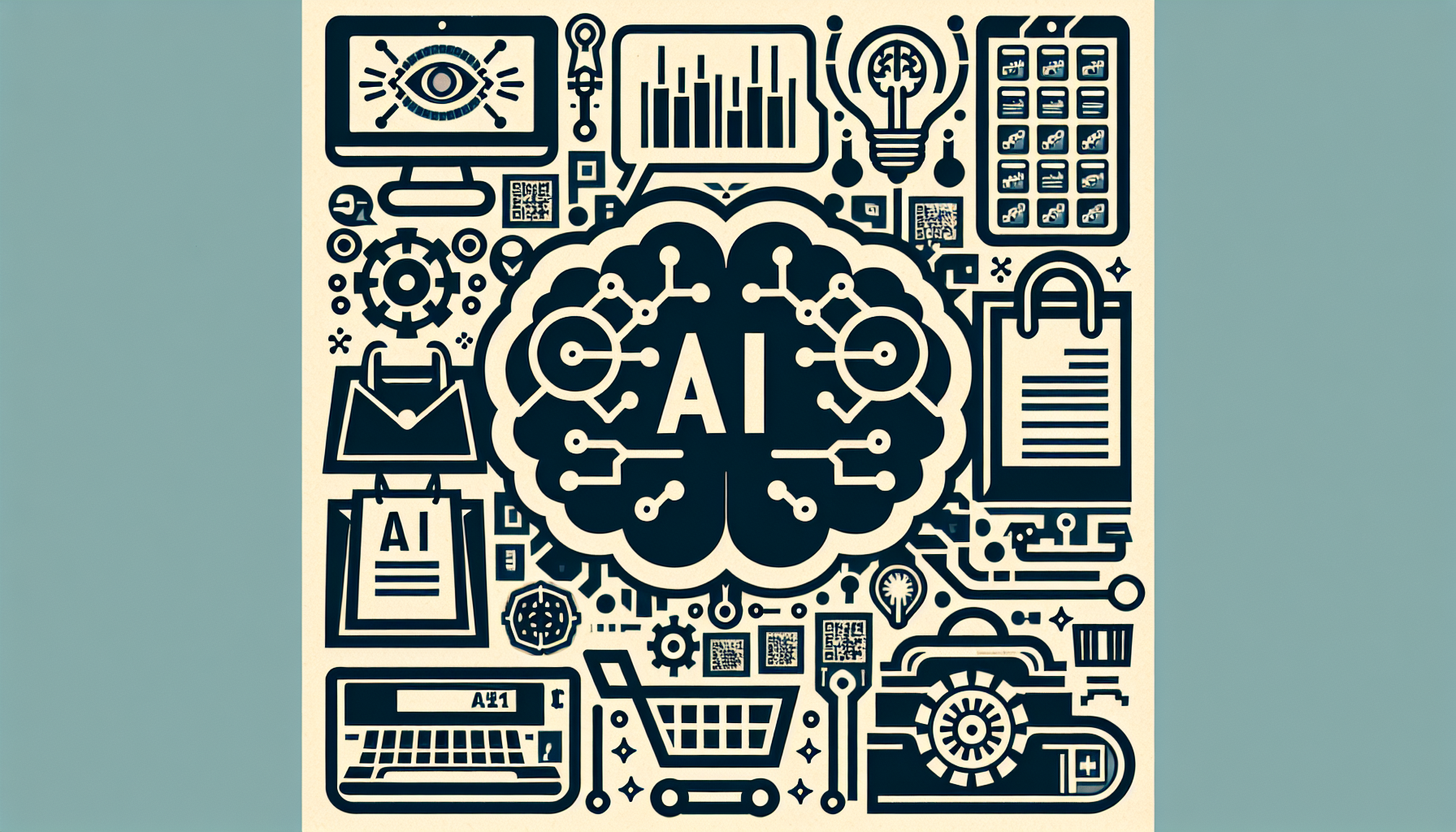Understanding AI in Retail
Artificial Intelligence (AI) has revolutionized the retail industry, driving efficiency, personalization, and innovation. Retailers leverage AI technologies to enhance customer experience, streamline operations, and improve decision-making. This article explores the benefits of AI in retail through case studies and insights.
Personalized Customer Experiences
AI enables retailers to personalize shopping experiences. By analyzing customer data, retailers can provide tailored recommendations that align with individual preferences.
Case Study: Amazon
Amazon’s recommendation engine is a prime example. By analyzing customer purchase history, browsing behavior, and preferences, Amazon suggests products that customers are likely to buy. This AI-driven approach has significantly increased sales, contributing to Amazon’s position as a leading e-commerce platform. Personalization boosts customer satisfaction and fosters loyalty, translating into higher retention rates.
Enhancing Supply Chain Efficiency
AI optimizes supply chain management through predictive analytics and inventory optimization. By forecasting demand, retailers can ensure that they have the right products available at the right time.
Case Study: Walmart
Walmart utilizes AI to optimize inventory at its numerous locations. By employing machine learning algorithms, Walmart predicts demand accurately, reducing overstock and stockouts. This efficiency not only lowers costs but also improves customer service, ensuring product availability. The integration of AI into Walmart’s supply chain supports its strategy to maintain competitive pricing.
Automating Customer Service with Chatbots
AI-powered chatbots are transforming customer service in retail. They provide instant support and enhance customer engagement.
Case Study: Sephora
Sephora implemented a chatbot on its website and mobile app, enabling customers to ask questions and receive personalized beauty advice 24/7. This tool uses natural language processing to understand customer inquiries and respond effectively. This automation reduces wait times and enhances customer satisfaction. It also allows human staff to focus on complex issues requiring personal attention.
Predictive Analytics for Demand Forecasting
AI plays a crucial role in demand forecasting by analyzing historical sales data, market trends, and external factors, allowing retailers to predict future sales more accurately.
Case Study: Target
Target integrates predictive analytics to determine which products will be in demand. By analyzing data from various sources, Target can plan inventory more effectively and reduce waste. This strategy results in better-stocked shelves and increased customer satisfaction. Furthermore, the accurate prediction of demand informs promotional strategies, optimizing marketing efforts and maximizing profits.
Visual Search and Augmented Reality
With the rise of visual search technology, retailers can offer customers an engaging shopping experience. AI allows shoppers to search for products using images instead of text.
Case Study: ASOS
ASOS has incorporated visual search functionality into its app, allowing users to upload images of clothing styles they like. The app then uses AI algorithms to find and suggest similar items from ASOS’s catalog. This technology enhances user experience and drives sales, as customers are more likely to purchase items that match their visual preferences. Moreover, augmented reality (AR) tools, powered by AI, enable customers to try on products virtually, reducing return rates.
Optimizing Pricing Strategies
AI algorithms analyze market trends, competitor prices, and customer behavior to optimize pricing strategies in real-time.
Case Study: Dynamic Pricing at Uber
While not a traditional retail model, Uber’s dynamic pricing approach offers valuable insights. By using AI, Uber adjusts its prices based on demand, time of day, and competitor pricing. This model illustrates how AI can drive sales and balance service demand. Retailers can adopt similar strategies by implementing dynamic pricing to maximize revenue during peak shopping times while remaining competitive.
Identifying Customer Segments
AI facilitates advanced customer segmentation by analyzing vast datasets to identify multiple customer groups based on behaviors and preferences.
Case Study: Starbucks
Starbucks employs AI-driven analytics to segment its customer base and tailor marketing campaigns accordingly. By analyzing transaction data, the company identifies diverse customer segments, allowing for targeted promotions and personalized marketing messages. This approach not only improves marketing efficiency but also enhances customer loyalty as personalized campaigns resonate more deeply with consumers.
Fraud Detection and Prevention
AI enhances security measures in retail by detecting fraudulent activities in real-time. This is a significant concern in e-commerce, where transactions are susceptible to fraud.
Case Study: PayPal
PayPal utilizes AI-driven algorithms to analyze transaction data for anomalies that may indicate fraudulent behavior. By employing machine learning, PayPal continuously improves its detection systems, reducing the number of fraudulent transactions significantly. This proactive approach builds consumer trust and enhances the security reputation of the retail brand.
Efficient Workforce Management
AI tools help retailers optimize workforce management by analyzing data related to sales patterns, customer traffic, and employee performance.
Case Study: Zara
Zara uses AI technology for labor management and staffing efficiency. By assessing historical sales trends and foot traffic data, Zara can schedule employees effectively for peak hours, optimizing labor costs while ensuring superior customer service. This strategic use of AI simplifies the complex task of workforce allocation, leading to better overall efficiency.
Conclusion
The implementation of AI in retail allows companies to enhance various aspects of their operations, from customer engagement to supply chain management. Through case studies highlighting successful real-world applications, it’s evident that AI drives significant benefits, positioning retailers for sustained growth and innovation. The evolution of AI in the retail sector is only just beginning, with promising opportunities ahead for businesses to further integrate these powerful technologies into their strategies.


